Broken Sleeve 缎绣, the title of Shen Wei’s latest body of work, is borrowed from…
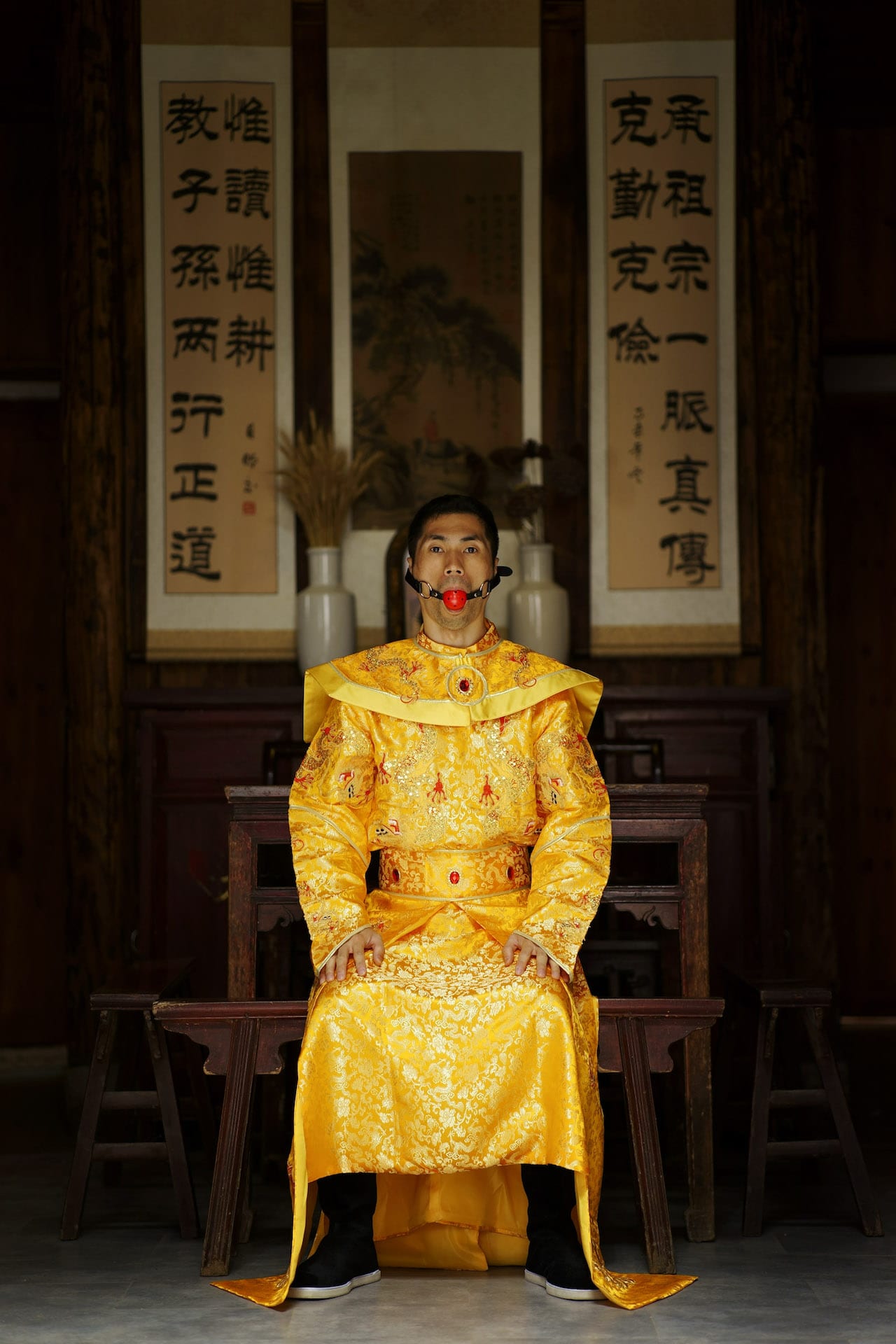
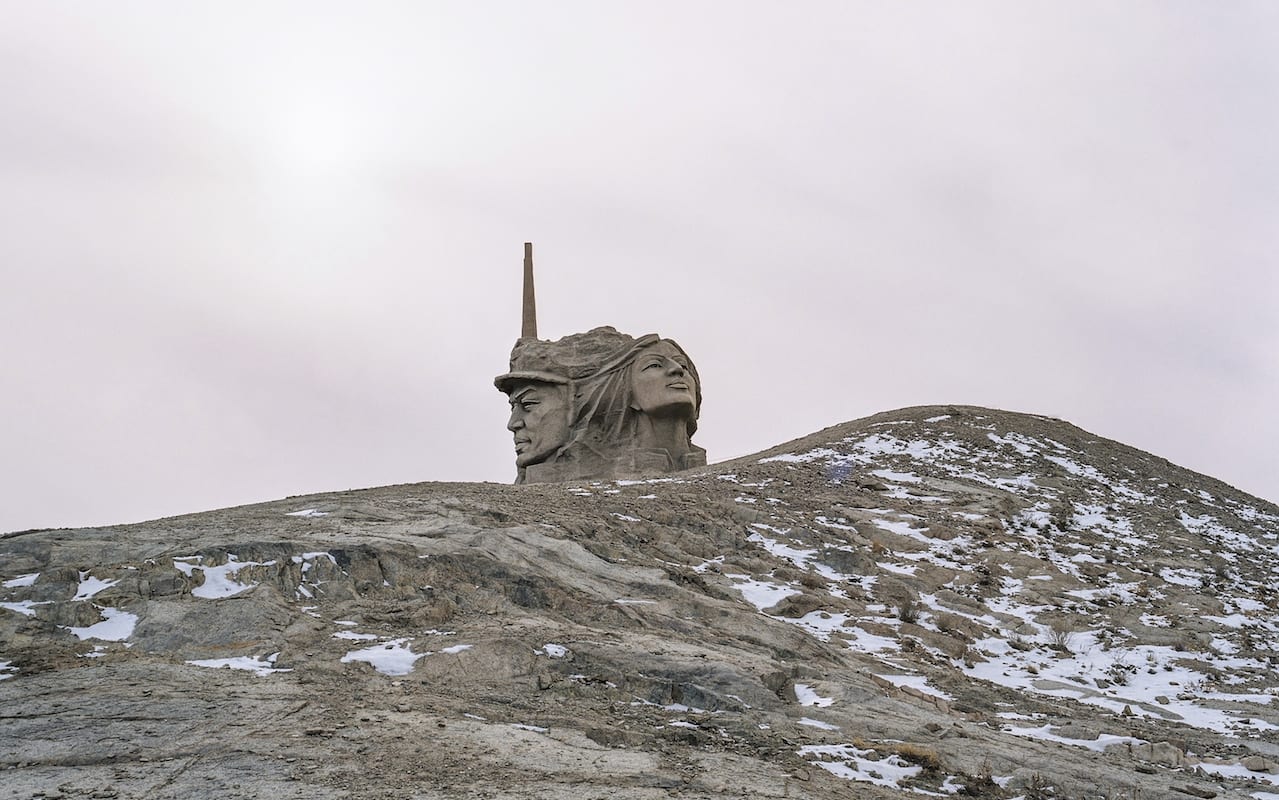
From the vast Xinjiang region of China, Patrick Wack presents a contradictory country as it expands its Silk Road heritage
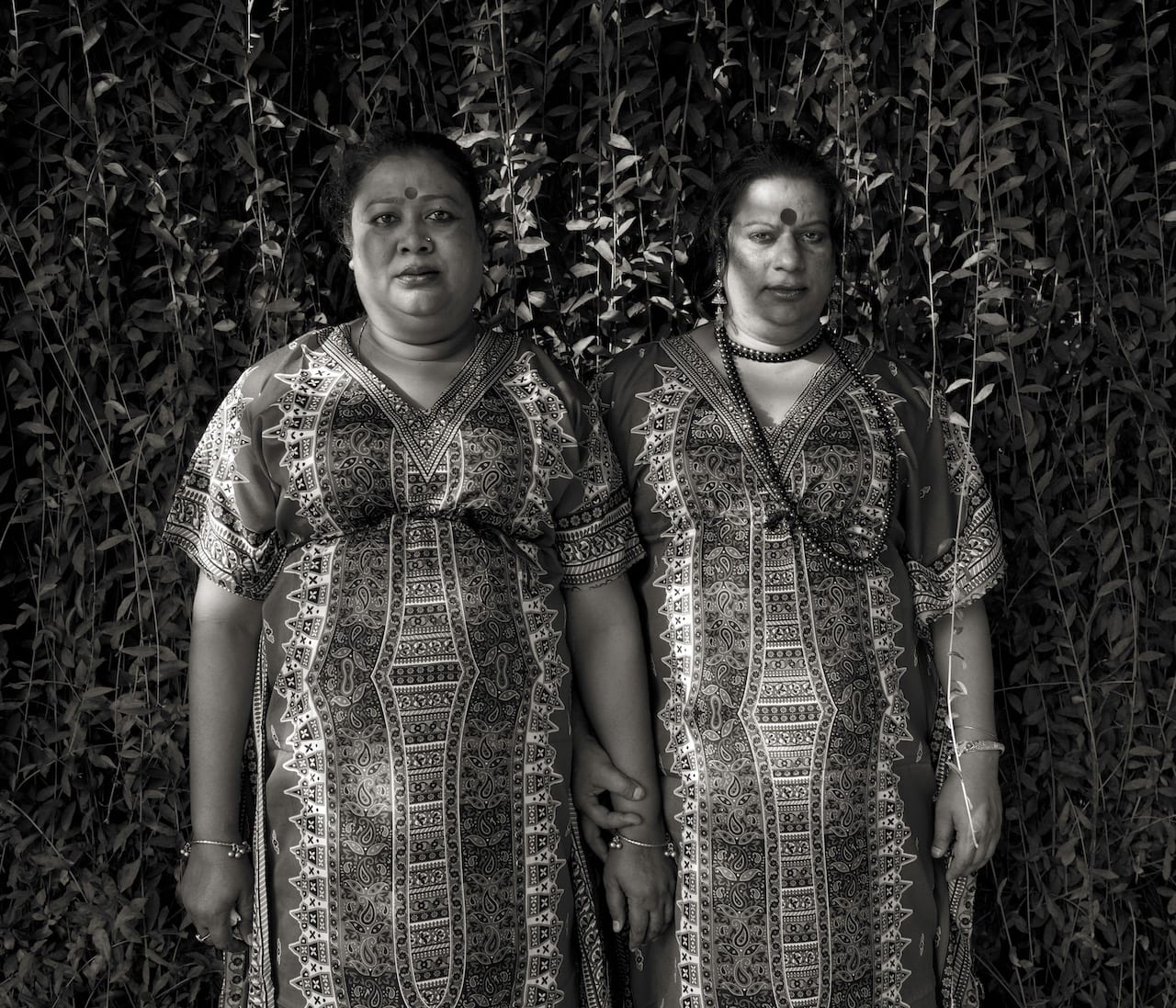
The World Press Photo Foundation has announced the six talents from Asia in its ongoing 6×6 Global Talent Program. Aimed at picking out under-recognised visual story-tellers from around the world, the 6×6 programme is now on its sixth and final region in its first cycle. The photographers picked out this time are: Amira Al-Sharif, Yemen; Azin Anvar Haghighi, Iran; Saumya Khandelwal, India; Senthil Kumaran Rajendran, India; Shahria Sharmin, Bangladesh; and Yan Cong, China.
The image-makers were recommended by an international group of over 100 nominators, and selected by a jury comprised of: Ammar Abd Rabbo (Syria), photographer and journalist; NayanTara Gurung Kakshapati (Nepal), photographer and curator; Claudia Hinterseer (Netherlands), senior video producer South China Morning Post; and Kazuma Obara (Japan), photographer.
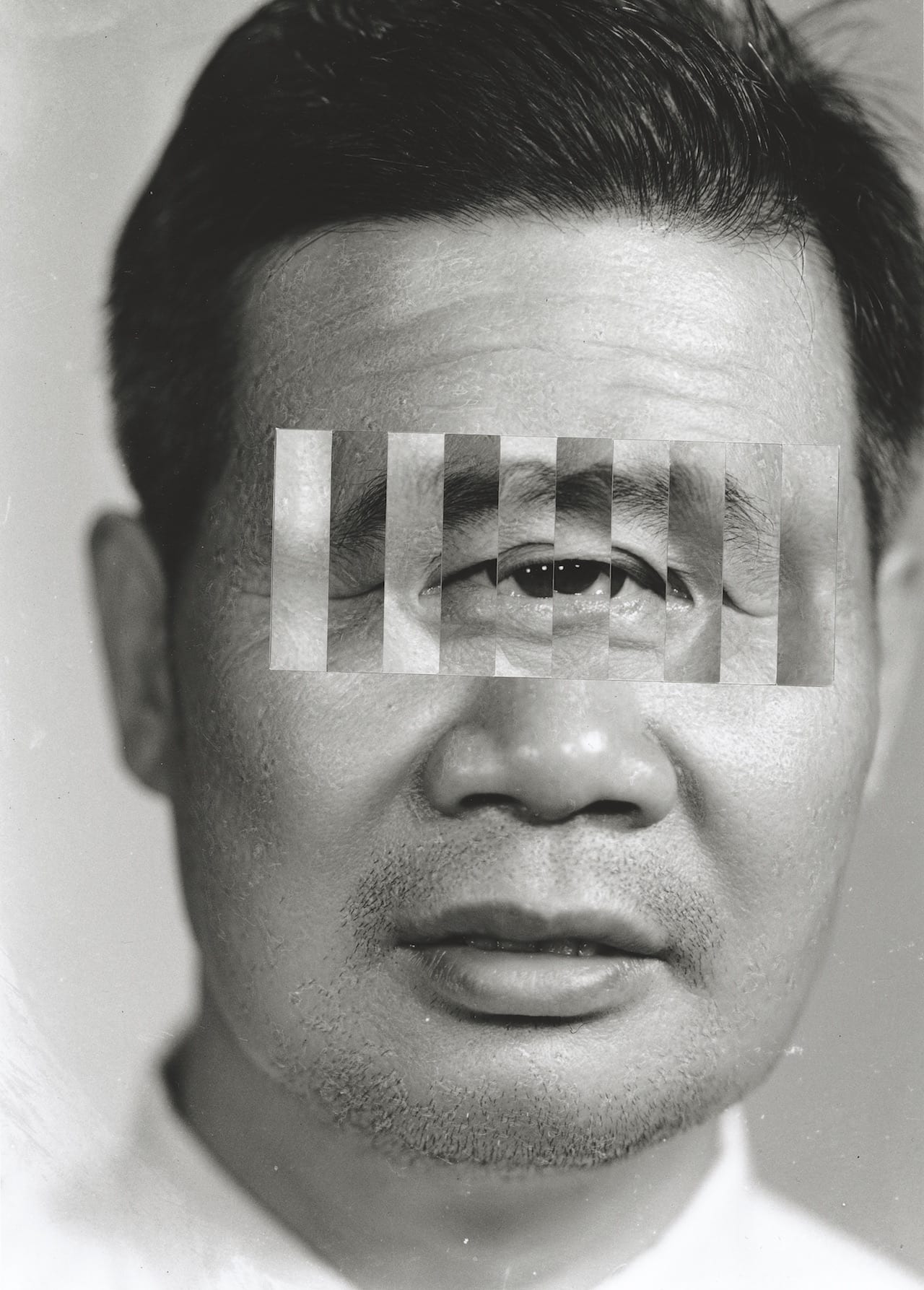
The collages of Kensuke Koike have been one of the purest forms of visual pleasure over the last two years. Videos of his working process on his Instagram account show him making miraculous reinventions of images with a single rip (his smoking woman), with a pasta machine (his dog), and with three-dimensional transformations (his sinking boat). It’s work that attracts because it seems so simple.
Take an old portrait of a loving couple, cut their eyes out, switch them around and the relationship takes a new direction. Cut a circle around the middle of a face, offset it a couple of inches, and you’re left with a pathway to that person’s interior. These are pictures that seem simple, but link up to ideas of image compression, ways of seeing, facial recognition and visual agnosias. It’s The Man who Mistook his Wife for a Hat in photographic form.
Koike’s work has attracted a loyal following, inspired countless copycat activities at photography workshops around the world, and invited collaborations from parties ranging from Gucci to Thomas Sauvin of Beijing Silvermine. It’s the Sauvin collaboration that resulted in Koike’s latest work, a book launched in November. Titled No More No Less, the publication came about after Koike was invited to work with Sauvin’s archive of old images that he recovered from Beijing silver-recycling centres.
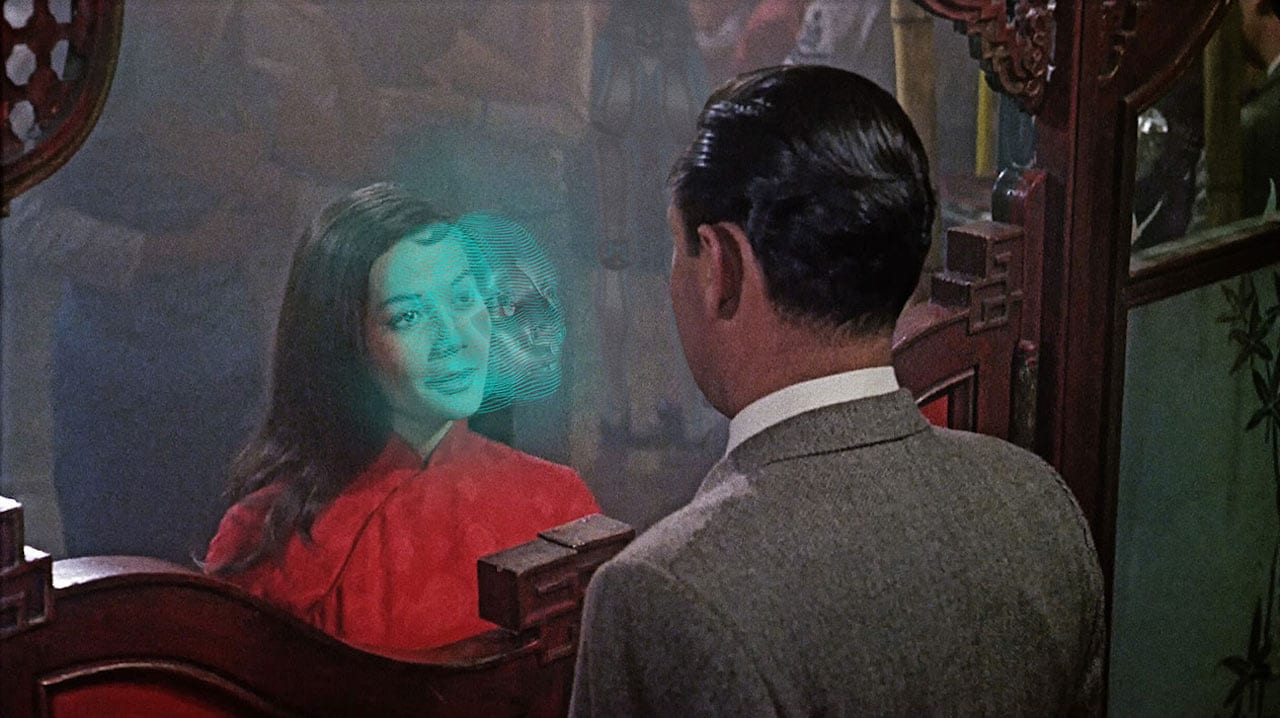
In November this year, Jimei x Arles International Photography Festival, the sister festival to the renowned Rencontres d’Arles, celebrated its fourth edition in Xiamen, in China’s Fuijan province. With an overall view to “serve as a cultural exchange between France and China”, the annual event hopes to also raise the profile of photography in China by providing a meeting place for professionals in the field and providing a platform for emerging photographers to showcase their talent.
“It is a matter of promoting an idea of culture and art, that is both creative and popular, open to greater audiences but also a site for encounters between creatives,” explains Victoria Jonathan, one half of the creative direction team alongside Bérénice Angremy. “It is also an opportunity to nurture an artistic dialogue between Chinese and European artists and audiences. Ideas travel with exhibitions and art projects. For Arles, it is also an opportunity to have a foot in China and grow a deeper knowledge of the Chinese and Asian photography scenes.”
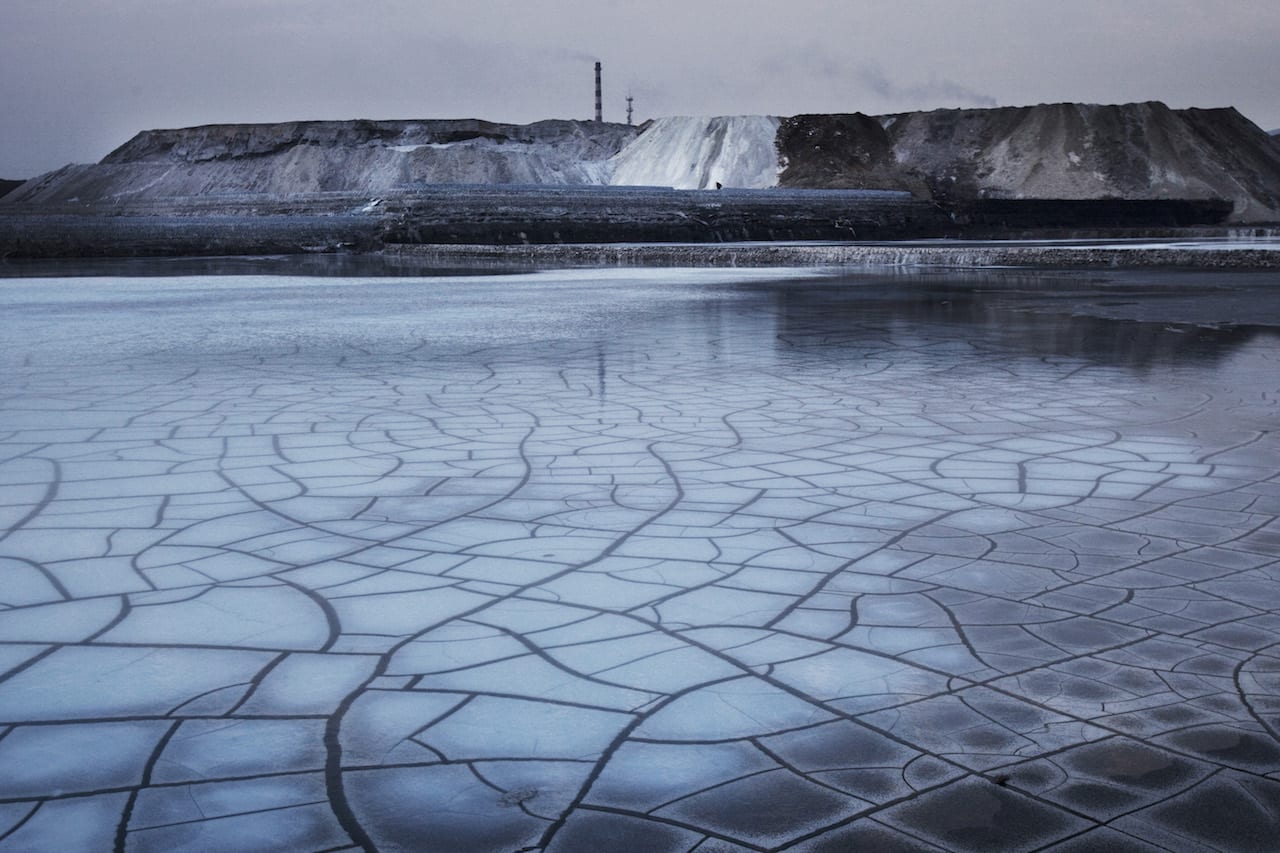
The Chinese police have confirmed that they have arrested photographer Lu Guang, according to reports in The New York Times and elsewhere. He has been missing since early November but, his wife Xu Xiaoli has apparently confirmed, the police called his family this week to confirm he was arrested in Kashgar – an ancient city in southern Xinjiang that has seen a government crackdown on Uighurs and other Muslim minorities.
Xu says she still doesn’t know why Lu has been arrested though, and says that the police haven’t provided a written notice confirming the detention. A friend of Lu’s who disappeared at the same time is also still missing, though Xu had no more information about his fate.

BJP’s annual Cool + Noteworthy issue is back, presenting the people, places and projects that have caught our eye over the past year.
Among this year’s noteworthies is the photographer behind our cover story, Tyler Mitchell, who became the first black cover photographer of American Vogue when he shot Beyoncé for the September 2018 issue. He tells the BJP about his new-found mission since returning home after living in London: “I realised I have a responsibility to be, specifically, a black American photographer and filmmaker.”
We also spotlight Kensuke Koike, a Japanese collagist who gives new life to old photo albums. Koike has attracted a loyal following on Instagram with his savvy cut-and-move videos, making his latest book one of the most anticipated on 2018. Feng Li is another newcomer who has made waves in fashion photography over the past year. This issue we feature Li’s playful fashion shoot in his native Chengdu, a creative city on the rise in China.
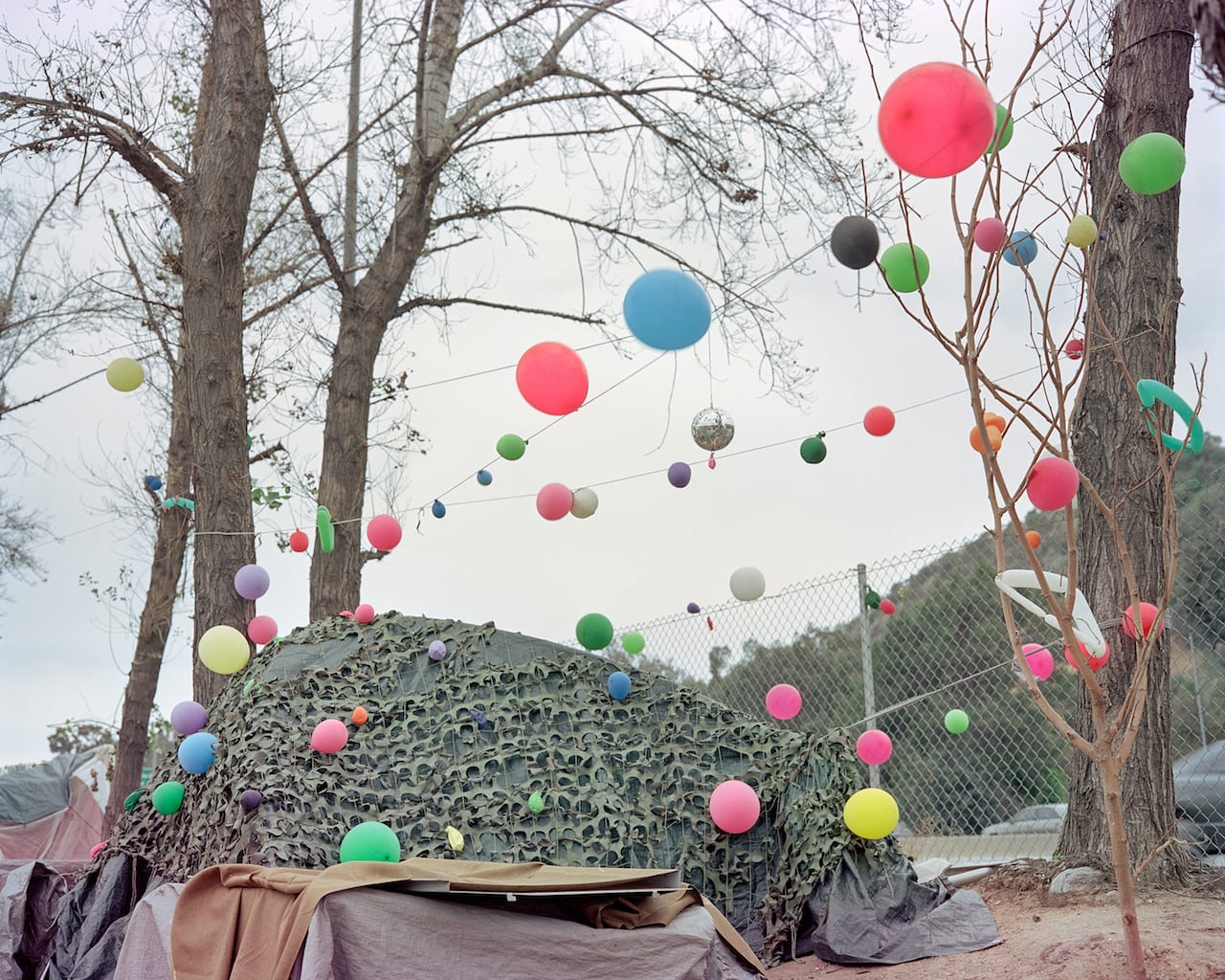
Publications we loved, and the big news stories from the last month in photobooks – featuring work by Peng Ke, Tom Wood, Paul Reas, Vivian Maier and the post-war PROVOKE group
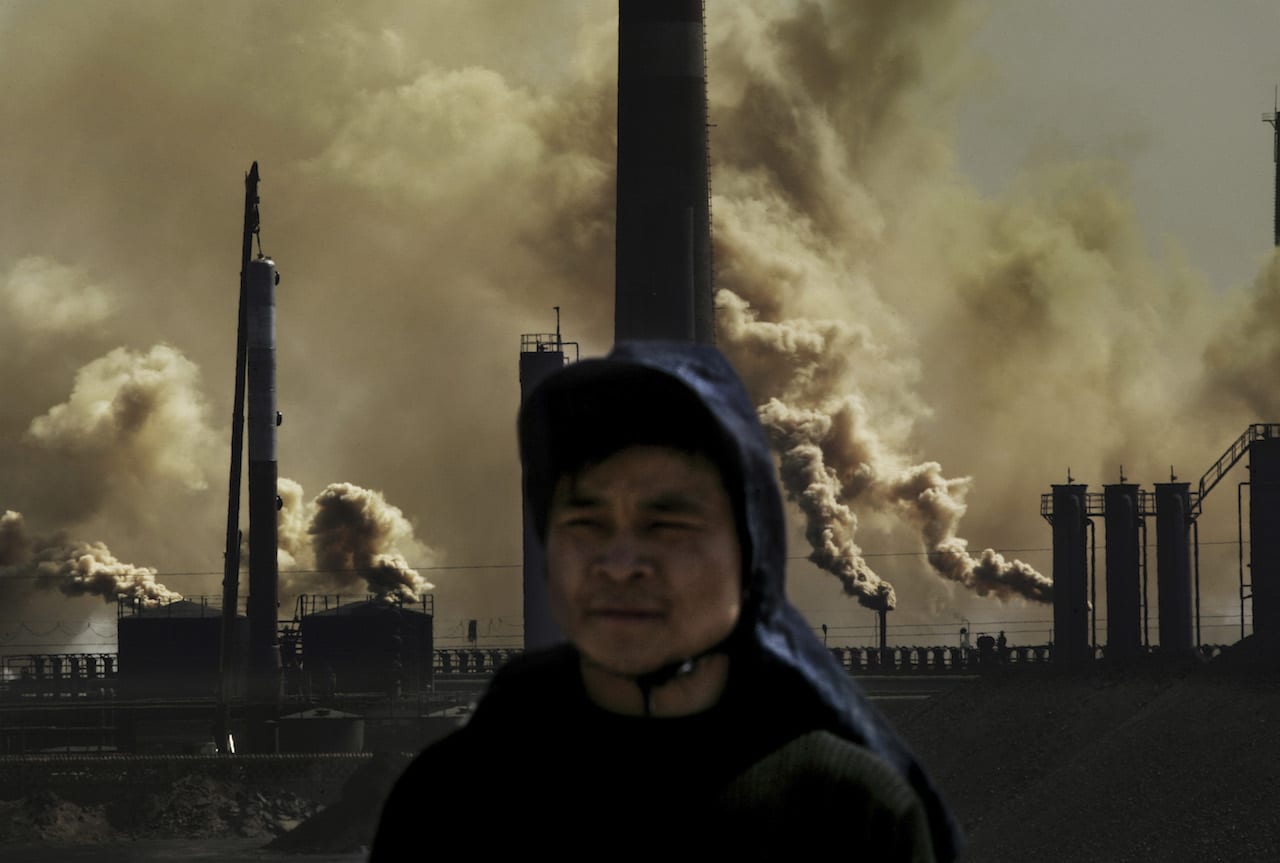
Three-time World Press Photo winner Lu Guang has been detained by national security offices during…
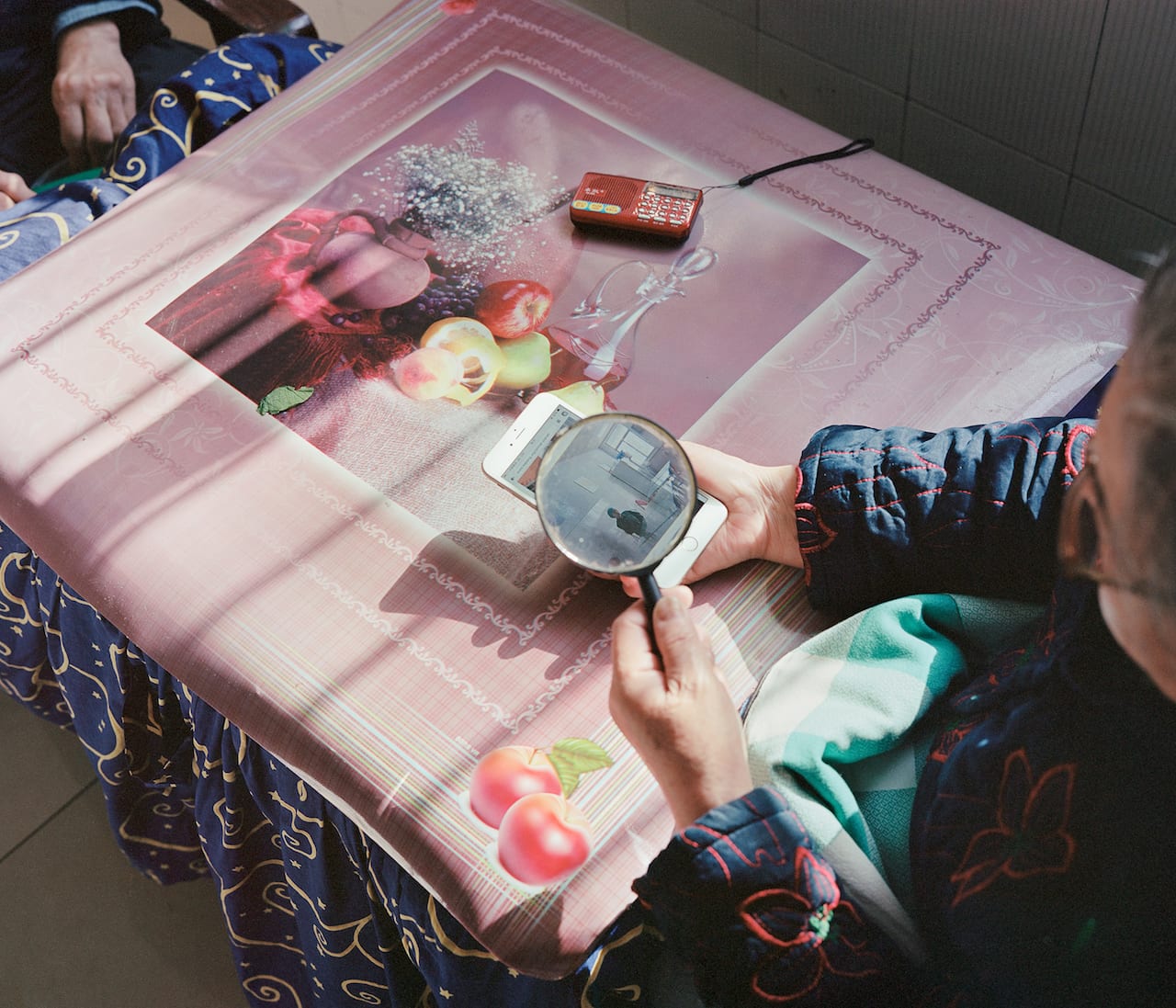
“I like objects that don’t have much of a style. Like patterns in colouring books, clean black lines, and primary colours. Things that aren’t trying to sell you an ideology or concept,” says Peng Ke, who calls from her home in Shanghai, where she has just closed her first solo exhibition in the city, I Have Seen Many People Although They Have Not Seen Me. “Most visual languages are so coded, so if I see things that are almost innocent, they really stand out to me.”
Peng Ke’s exhibition coincided with the launch of Salt Ponds, her first book published by Jiazazhi. The project has been ongoing for five years now, but only became a solid body of work after her friend and graphic designer Pianpian He approached her to collaborate on a book. It began in the cities where Peng’s parents grew up, and quickly expanded to other fast developing, smaller cities in China. Though they are shot hundreds of miles apart, her photographs are anonymous; you can never tell which city she is in. So the project became less about her own hometown, and more about the collective experience of Chinese people who live in these places, “because in a way, everyone comes from the same city”.